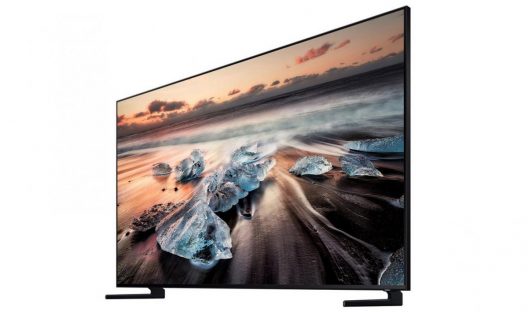This year at IFA in Berlin Samsung will present its new 85-inch 8K QLED TV. Luckily, it won’t be just for show, but also available for purchase this year.
Originally dubbed the Q9S when announced at CES, the model will officially be named the Samsung 85-inch Q900FN QLED 8K TV, and will be part of Samsung’s QLED line of premium TVs.
Samsung will roll out an entire range of 8K models to various markets globally, but the US will only be getting one model, the 85-inch Q900FN. The new TV has four times the pixels than your typical puny 4K TV. Also, it offers 4,000 nit peak brightness and what Samsung calls 100-percent color volume and supports the new HDR10+ standard, which optimizes brightness levels so that content doesn’t appear darker than originally intended.

Samsung 85-inch Q900FN QLED 8K TV
Possibly the most important tech in the Q900FN is its AI-powered 8K upscaling tech. When you feed lower resolution content to the TV, regardless of the source, the TV’s processor will intelligently upscale it to 8K.
As a part of the QLED lineup, Samsung is also outfitting the Q900FN with all of the premium touches offered on its other flagship TVs. The giant 85-inch display will feature Samsung’s low-powered Ambient Mode, which lets you display art, realtime content like weather and news headlines and other decorative images on the TV when not in use. Most useful on this size TV might be the chameleon-like ability to display an image that matches the background wall, making the big TV disappear when not being viewed.
The TV will minimize cable clutter with Samsung’s One Connect Box and Invisible Connection, which uses a separate box for connecting external media sources and soundbars, and connects to the TV over a single slim cable.
It will also be every inch a Samsung smart TV, with Samsung’s One Remote, which we’ve consistently praised in reviews, the excellent Tizen-based smart TV platform, built in Smart Things compatibility and the Bixby voice assistant.
There is no word on the pricing as of yet, and it will only be confirmed closer to its arrival in stores, which is expected in October this year.

Samsung 85-inch Q900FN QLED 8K TV








